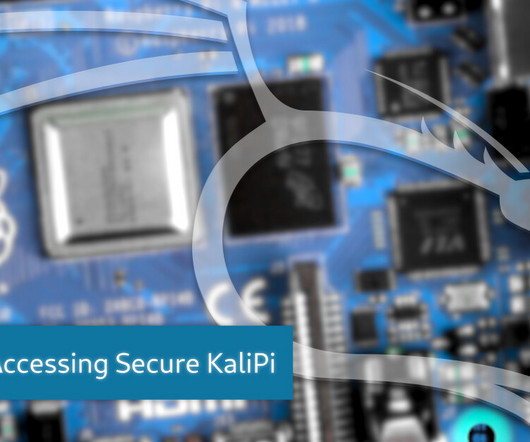2024 State of Cybersecurity: Reports of More Threats & Prioritization Issues
eSecurity Planet
MAY 2, 2024
50,000 DDoS attacks on public domain name service (DNS) resolvers. 553% increase in DNS Flood attacks from 1H 2020 to 2H 2023. DDoS attacks on single networks or websites render them unavailable, but DDoS attacks on DNS resolvers bring down all networks and websites using that DNS resource.












Let's personalize your content